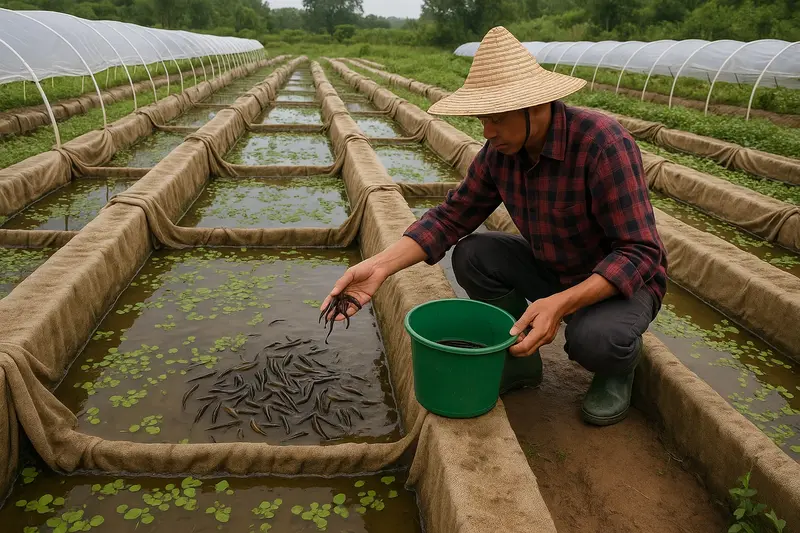With the increasing demand for leeches in traditional and modern medicine, leech farming has become a promising aquaculture sector. However, leeches are highly sensitive to their aquatic environment, particularly water pH levels. Maintaining an optimal pH range is crucial for their health and productivity.

Leeches are annelids that thrive in freshwater lakes, swamps, and slow-moving streams. They prefer shaded, humid environments with stable temperatures and minimal disturbance.
Leeches rely on their skin for gas exchange and osmoregulation. Any drastic change in water pH directly affects their skin function, respiration efficiency, and internal fluid balance.
Studies suggest that the ideal pH range for leech farming lies between 6.5 and 7.5, slightly acidic to neutral. This range supports microbial balance in the water, which is essential to prevent pathogenic outbreaks.
A high pH (>8) can cause skin irritation, mucosal damage, and lethargy in leeches, while a low pH (<6) suppresses metabolic activity, digestion, and overall growth, often leading to population-wide health issues.
Leeches are fed with organic and blood-based materials. Leftover feed decomposes, producing ammonia and hydrogen sulfide, which can disrupt pH stability.
The presence of bicarbonates and carbonates determines water's buffering capacity. Soft water is more prone to pH fluctuations. Regular testing of alkalinity and hardness is essential.
During daylight, algae absorb CO2 via photosynthesis, raising the pH. At night or when algae die off, CO2 increases, lowering the pH. This creates diurnal pH variation.
Use pH strips or digital pH meters every 2–3 days to track pH levels and maintain records for pattern analysis.
To lower pH, apply diluted acetic acid or peat-based buffers. To raise it, add limewater or baking soda in small, controlled doses to avoid drastic changes.
Maintain a balanced ecosystem through water changes, feeding control, proper aeration, and circulation. This helps stabilize the water environment and pH.
Leeches are extremely vulnerable to pH fluctuations. Providing an optimal pH range is fundamental to ensure their health, enhance growth, and prevent disease. Scientific pH management not only improves productivity but also safeguards long-term sustainability in leech farming.
animal tags: leech
We created this article in conjunction with AI technology, then made sure it was fact-checked and edited by a Animals Top editor.